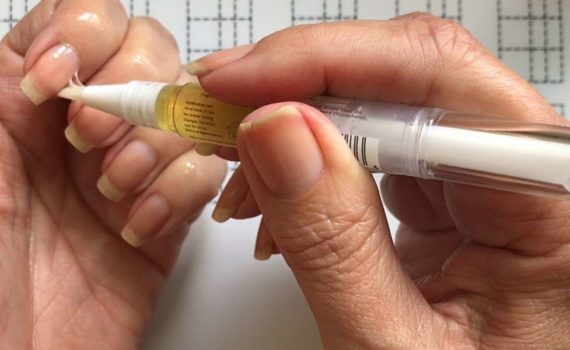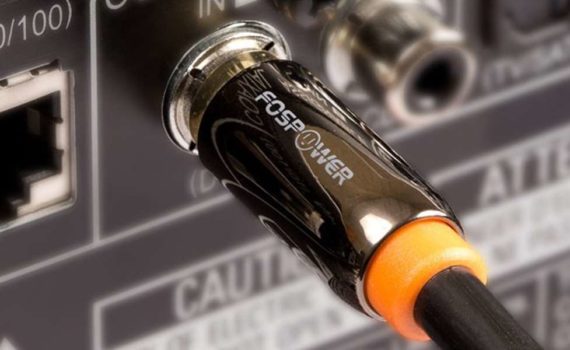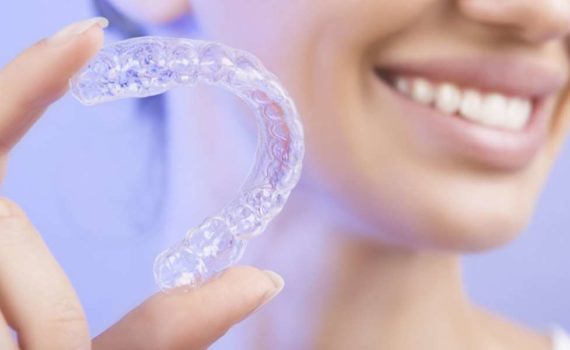
People love coffee as it is one of those drinks that lots of people can’t do without. The day starts with cup of coffee and ends with an after-dinner coffee. There are so many things lovable about coffee: it keeps you awake; it calms your nerves; it is a great […]
















